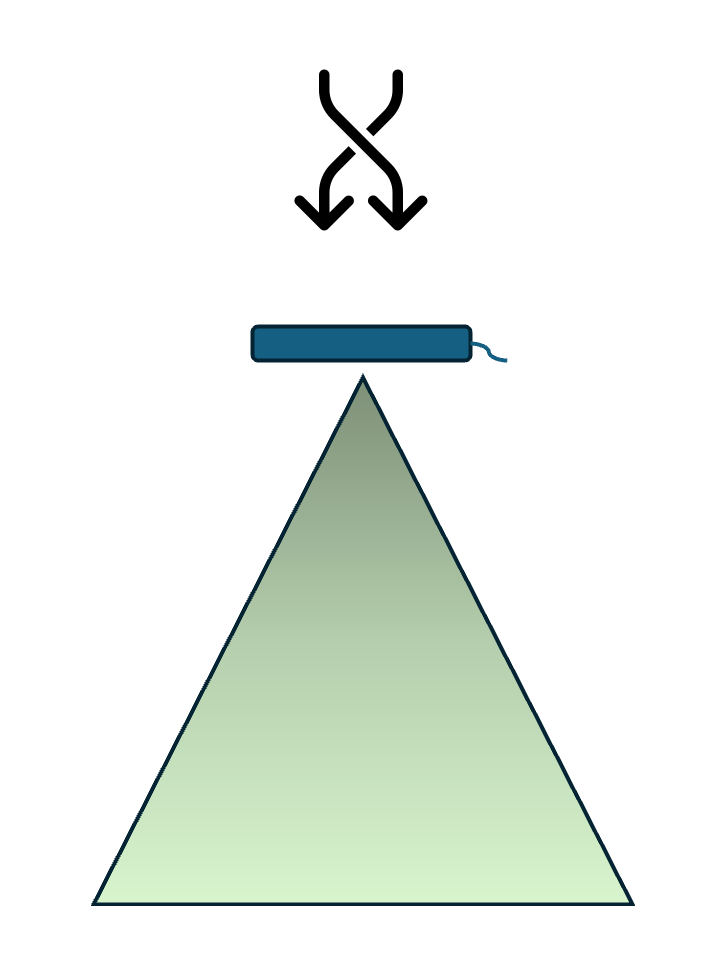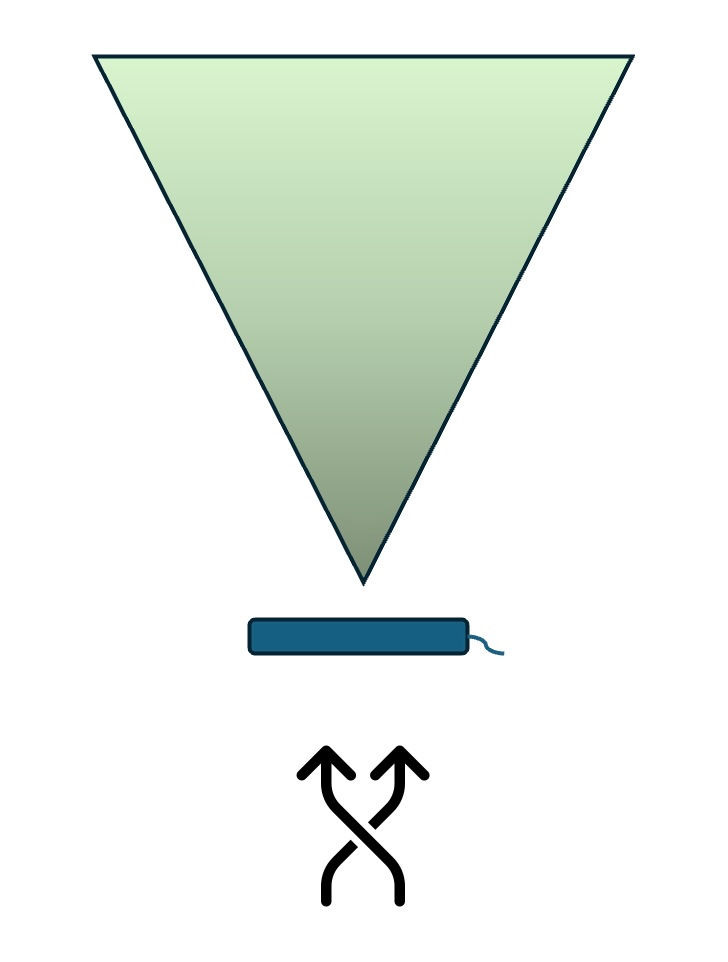Understanding wind direction
- Sue
- Jul 31, 2024
- 4 min read

Wind direction plays a huge part in gundog training so it’s essential that we understand how it affects scent and our dogs’ ability to detect that scent. It can, however, be a confusing subject so I will explore the basics in this blog and provide some practical advice that you can take into your own training sessions.
Dogs and scent
We can’t even begin to imagine what a dog’s life is like when it comes to scent. By that I mean that our sense of smell is so ineffective compared to that of a dog, it’s a world we can only observe and marvel at. Here’s a stat that shows just how different they are to us – a dog can smell one teaspoon of sugar in a body of water the size of two Olympic sized swimming pools. Their sense of smell is up to a million times more powerful than ours.
Weather conditions
Scent is captured by moisture particles so its presence or spread is affected by weather conditions. On very dry, hot days, scent will rise quickly. On particularly wet days, it can get washed away. Frost traps scent on the ground and then slowly releases it as the ground thaws. Similarly, scent can take longer to dissipate in longer grass or thick undergrowth than short grass or soil. Wind of course plays a part in the spread of scent by moving it away from the source in a certain direction.
Which way is the wind blowing?
If you have been asked this question only to stand there & think ‘I have absolutely no idea’, then you’re not alone – so have I. It’s easy when it’s blowing a gale, and all the trees are clearly bending in the same direction and it’s hard to stay on your feet but what do you do when there’s just a slight breeze? Well, you could try the age-old method of throwing some grass in the air. That will probably show you what the wind is doing in your immediate area. If you’re still having problems with that method then there are other products on the market, from dust-puffers to electronic devices, that can help. Don’t forget to look out at the wider environment too, especially if you’re sending your dog on a long blind retrieve – the wind can be affected by where you are stood (by a hedge, tree etc), and may be different where you have put out the dummy.
Types of wind direction
A head wind or front wind is when the wind is blowing directly at your face from the front. Sending a dog on a retrieve into a slight head wind is the easiest to start with as the dog will be running towards the scent and it will get stronger as the dog gets closer to the dummy. The scent is distributed out in a cone, which becomes smaller as the dog gets nearer. This should draw the dog in towards the dummy. You may also hear this referred to as working upwind.

A side wind or cheek wind is when the wind is blowing across you, from the side. That means that if your dog runs out to the side of the dummy that the wind is blowing from, it may not pick up any scent and will run straight past it. If that happens, you may need to stop them and give them direction to get them in the right area. If you know which side the wind is blowing from, you can send the dog in a line to the side of the dummy where it will catch the scent that is being blown across its face. You’ll be able to see when they pick up the scent as they will start to move towards or quarter until they pick up the strongest scent trail.

A back wind (also referred to as working downwind) is the hardest scenario for the dog as the scent is being blown away from it. The dog will likely have to run past the source of the scent and then turn and work backwards. It may need some breaks and direction from you if it’s fast to run out and has gone way past the dummy or may require pushing further if it has stopped short. Once they have got into the scent cone however most dogs will stop themselves and work backwards towards you once they have done the exercise a few times.

Practical tips for training sessions
Set up different scenarios so that the dog gains confidence in hunting in different wind directions – this also gives you opportunity to gain more confidence in reading wind patterns
Train at different times of day and in different weather as this affects how scent is distributed (e.g. as the ground is thawing, when dew is on the ground).
Set up training exercises in different terrain – start off in short grass, then move onto longer grass or undergrowth where the scent will stay within a smaller area, making the dog hunt harder to follow the scent.
The more you build wind conditions into your training exercises, the more confident you will become in recognising how they affect your dog and the more skilled your dog will become at hunting with the wind. You’ll be able to better plan your training sessions and you’ll become far more aware of how and why scent may be affecting how your dog is behaving. Lastly, trust your dog’s nose – if they pick a different line or work in a pattern that you weren’t expecting but still locate the dummy, that’s just them using their natural abilities. A determined hunter is a great team mate to have on those occasions when you’ve forgotten to mark where you placed that dummy!




Comments